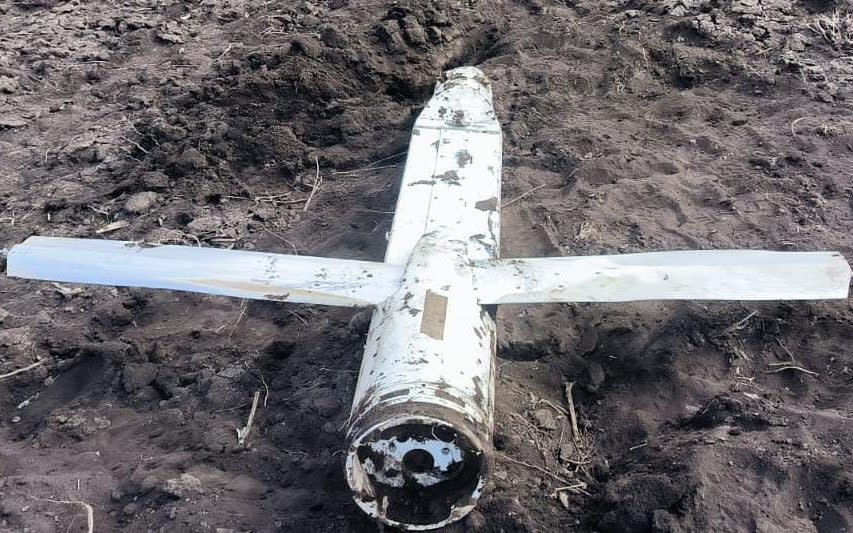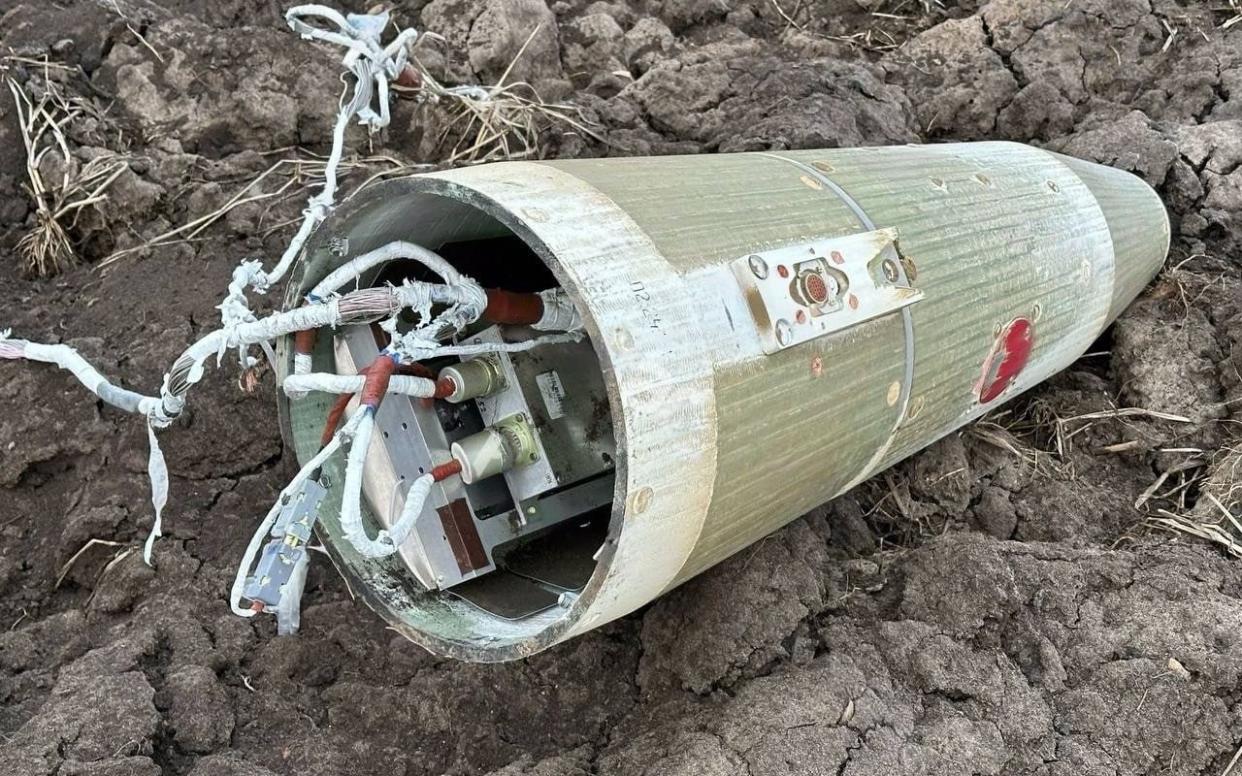Russia using deadly new ‘glide bombs’ to target civilians in Kharkiv

Russia has used a new type of “glide bomb” to strike civilian targets in the city of Kharkiv, Ukraine believes.
The bomb, a heavy “dumb” munition adapted to behave like a cruise missile, killed at least one and injured 19 as it hit apartment blocks in the country’s second largest city. It is the latest evidence of Russia’s changing tactical approach.
“This is something between a guided aerial bomb which they [the Russians] have used recently, and a missile. It’s a flying bomb so to say,” Volodymyr Tymoshko, the regional police chief, said after surveying the damage.
Russia has been dropping Soviet-era bombs retrofitted with wings so they can glide over the front lines to hit targets for more than a year. This enables Russian fighter jets to avoid getting too close to advanced Western air defence systems.
Shorter range “glide bombs” had previously been used on military targets to help Russia make incremental gains on the front lines. But longer range versions like the UMPB D-30 fired at Kharkiv are now hitting civilians.
Oleh Synehubov, the regional governor of Kharkiv, said: “It seems that the Russians decided to test their modified bombs on the residents of the houses.”
Military analysts suggest the bombs are a new configuration. Based on images of shrapnel from Wednesday’s strike, the latest design appears to have a turbo booster fitted to extend its range, a pair of wings to help it glide as well as minor GPS functionality.
The need to evade Ukrainian air defences has become more pressing of late, with the UK ministry of defence reporting earlier this month that Ukraine shot down 13 Russian combat aircraft in as many days.
The cost of converting Soviet-era bombs is also far cheaper than producing new missiles. Russia was carrying out an estimated 100 airstrikes every day on the front lines earlier this month.
All buildings ‘simply turn into a pit’
Reports suggest a version of this new generation of glide bombs - the FAB-1500: a 1.5-tonne Soviet-era bomb capable of blasting a crater 15 metres in diameter - played a key role in devastating Ukrainian defences around Avdiivka, which was captured by Russia in February after months of aerial bombardment.
Up to 125 glide bombs rained down on Avdiivka every day in the week before it fell, illustrating how destructive mass strikes of this kind can be.
In one account posted on Telegram during the battle, Maksym Zhorin of Ukraine’s 3rd Separate Assault Brigade said: “These bombs completely destroy any position. All buildings and structures simply turn into a pit after the arrival of just one.”
Among the civilian areas Russia is now targeting is the city of Sumy, 50 miles from the Russian border. Mr Synehubov announced earlier this month that a guided bomb with cluster munitions was dropped on the town of Kupyansk for the first time.

Moscow is thought to have ramped up its production of glide bombs in recent months, with Russia’s defence ministry reporting that productivity at a plant manufacturing the converted bombs had increased by 40 per cent after it shifted to 24/7 production.
Due to the bombs’ heavy iron construction, short flight times, small radar signatures, and non-ballistic trajectories, Ukrainian officials have said they are almost impossible to shoot down.
The most effective measure to counter their increasing threat is F-16 fighter planes, which have better sensors, defences and missiles than Ukraine’s current Sukhoi and MiG fighters.
The first of these US aircraft is not expected to be delivered to Ukraine until July at the very earliest.

